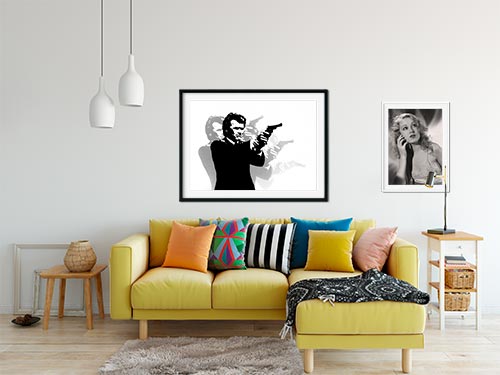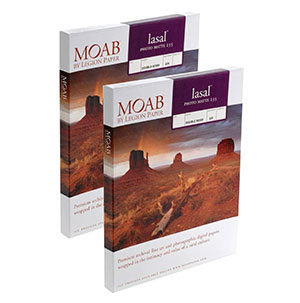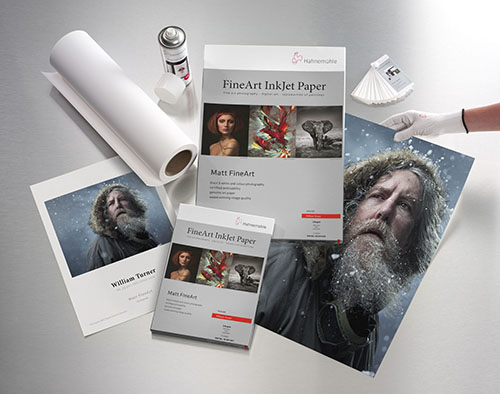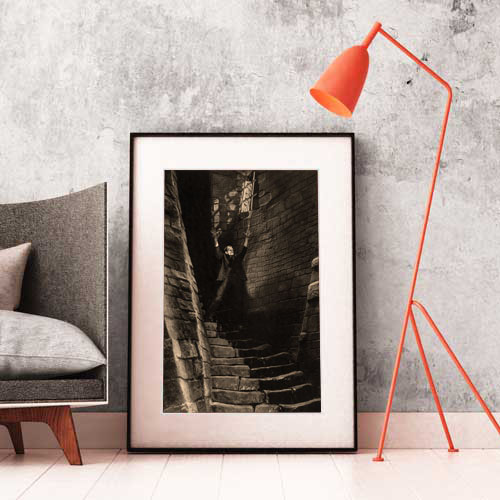Exceptional theatrical publicity shot featuring the evil looking Michael Gough (Edmond Bancroft) with both his arms stretched out, about to grab busty blond June Cunningham (Joan Berkley) from behind, as she looks to the side.
Horrors of the Black Museum (1959) is a British-American horror film starring Michael Gough and directed by Arthur Crabtree. It was the first film in what film critic David Pirie dubbed Anglo-Amalgamated's "Sadian trilogy" (the other two being Circus of Horrors and Peeping Tom), with an emphasis on sadism, cruelty and violence (with sexual undertones), in contrast to the supernatural horror of the Hammer films of the same era. Producer Herman Cohen said he got the idea for the film after reading a series of newspaper articles about Scotland Yard's Black Museum.
He arranged through a contact to visit the museum, then wrote a treatment and later collaborated with Aben Kandel on the screenplay. Cohen says the use of binoculars as murder weapons, and all the other instruments of death in the film, were based on real-life murder cases. Half the money for the budget was provided by Nat Cohen and Stuart Levy of Anglo-Amalgamated in the UK, the other half from American International Pictures. It was the first movie from AIP in CinemaScope and colour. The credited producer was Jack Greenwood, but Herman Cohen says this came about to ensure the film qualified for the Eady levy, and in fact, Greenwood was more of an associate producer assisting Cohen.
Cohen wanted to hire Vincent Price for the lead and also considered Orson Welles, but Anglo-Amalgamated pushed for a British actor in the lead, as it would be cheaper, so they decided to use Michael Gough. Arthur Crabtree was hired on the basis of his work on Fiend Without a Face."The price was right, and the old guy needed a job and I hired him", recalled Cohen. "And he was exactly what I wanted and needed as a good craftsman."
A thirteen-minute prologue featuring hypnotist Emile Franchele and HypnoVista was added for the US release by James H. Nicholson of AIP, who felt the movie needed another gimmick. "We tested it in a few theaters, and the audience went for it like crazy...hokey as it was", recalled Cohen. "It helped make the picture a success, I guess, 'cause people were looking for gimmicks at that time." The film was later inducted into the Museum of Modern Art at the behest of Martin Scorsese.
Product Enquiry
Kodak Professional Endura Paper
Kodak Endura papers provide an incredible amount of detail and smooth transition of tones. Designed for the professional photographer in mind, looking for a more traditional photo print style, Kodak Endura provides an extended print life and color gamut almost at the level of a high end fine art paper print.
Archival Matte Paper
Archival Matte Paper, also known as Moab Lasal Photo Matte, is our house stock fine art paper and is an economical favorite for fine art reproductions and photo prints. It features a smooth surface, heavy weight (230 g, 9.5-mil), neutral white, matte paper engineered for accurate color reproduction that provides high contrast and high-resolution output. This paper is acid-free, making it the perfect choice for both photography & fine art reproductions.
Giclee William Turner Paper by Hahnemühle
The William Turner by Hahnemühle is one of the most popular papers used in the Giclee printing industry. This is a 310g natural white mould made natural line paper with 100% rag content making it highly archival. It has a slight coarse texture which gives photos and artwork an elegant look. These fine art paper prints (also known as Giclee) are ordered by galleries, individual artists and photographers. The papers and inks are not only archival but use some of the most accurate print technology for full color prints.
- Giclee prints use very expensive archival pigmented inks.
- Highest level of color gamut available in printing (12 color printing).
- Exceptional black & white printing.
- Fade resistant, pigmented inks which provide a superior color range compared to other types of inks. Widely preferred in fine art and photography circles.
- We ONLY use professional grade fine art and photo paper that resist yellowing and aging.



Framing
We offer wood and metal frames, custom cut & joined to order. Each framed print includes hanging hardware and foamcore backer.
Matting
We use conservation grade 100% virgin alpha-cellulose 2 ply mats with white core. Acid-free and lignin-free, these are both face resistant and meet all conservation quality standards set by the Fine Art Trade Guild. Mats are digitally cut for ultimate precision. The window will be 1/8″ smaller than the print dimensions.
Glazing (Acrylic Glass)
We offer custom cut panes of shatter-proof, acrylic glass, to protect your valuable artwork and prints.
Premium Clear
Framing grade clear acrylic is shatter resistant and lightweight.
Reflection Control
With its matte finish, Tru Vue Reflection Control® Acrylic scatters light to diminish unwanted glare.
Conservation Clear
Tru Vue Conservation Clear® Acrylic is a framing industry staple, blocking up to 99% of UV rays for ultimate protection.
Conservation Reflection Control
Tru Vue Conservation Reflection Control® Acrylic scatters and diffuses light to reduce unwanted glare. Blocks up to 99% of UV rays.







